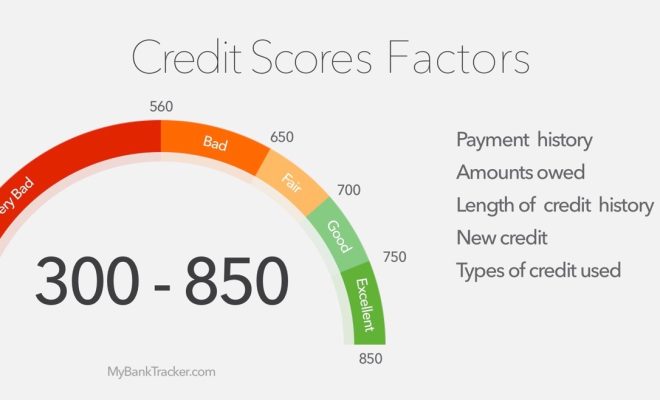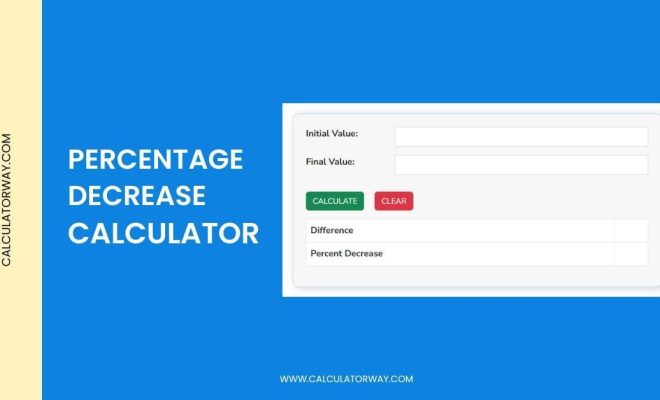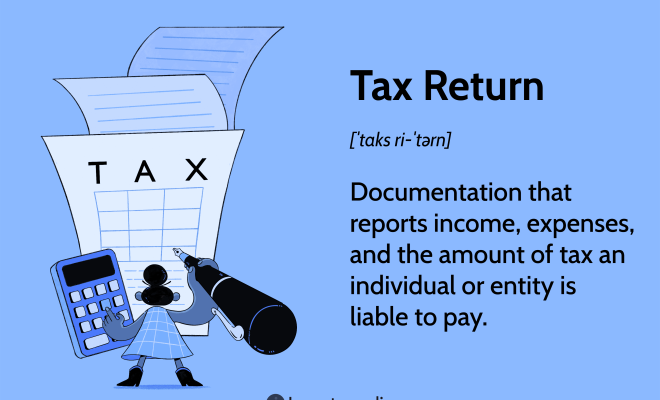How to calculate range in statistics

As a fundamental concept in statistics, the range is an essential measure used to analyze data sets. Understanding how to calculate the range is crucial not only for statisticians but also for anyone interested in examining and interpreting data. In this article, we will explore the concept of range in statistics, how to calculate it, its limitations, and applications in real life scenarios.
What is Range in Statistics?
In simple terms, the range is the difference between the highest and lowest values in a data set. It helps us comprehend the spread or dispersion of values within a data set by providing a single numeric value. The wider the range, the more diverse the values are. Conversely, a narrow range implies that values are closer to each other.
Calculating the Range: A Step-by-Step Guide
Calculating the range is a straightforward process that can be broken down into three simple steps:
1. Organize the data: Begin by sorting the data points from lowest to highest or vice versa. This step helps you easily identify the maximum and minimum values of your data set.
2. Identify minimum and maximum values: Once you’ve sorted your data points, locate the smallest value (minimum) and the largest value (maximum). This step is easy if your data set is organized correctly.
3. Calculate the difference: Subtracting the minimum value from the maximum value gives you the range. Here’s a formula you can use:
Range = Maximum Value – Minimum Value
Let’s illustrate this with an example: Consider a data set consisting of exam scores of 10 students: 56, 87, 75, 90, 69, 82, 42, 95, 74, and 61.
1. Organize the data: Sort your scores from lowest to highest: 42, 56, 61, 69, 74, 75, 82, 87, 90, and 95.
2. Identify minimum and maximum: The smallest value in the sorted set is 42, and the largest value is 95.
3. Calculate the difference: To find the range, subtract the minimum value from the maximum value:
Range = Maximum Value – Minimum Value
Range = 95 – 42
Range = 53
Thus, the range of this particular data set is 53.
Limitations of Range
While calculating the range is easy and straightforward, it has some limitations that you should bear in mind:
1. Sensitivity to extreme values: The presence of outliers in a data set can cause a misleading range. If there is a significant gap between an outlier and other data points, it will result in a larger range that may not accurately reflect the majority of values within the dataset.
2. Lack of information: The range does not provide any insights into how values are distributed within a data set or where they are concentrated.
3. Not suitable for large data sets: With an increasing number of data points, relying solely on the range as a measure of dispersion may be insufficient. In such cases, additional measures such as variance or standard deviation should be used.
Applications of Range in Real Life
Despite these limitations, the range has many practical applications across various fields:
1. Business: Companies use range calculations to analyze sales patterns and inventory management.
2. Sports: Athletic performances over time can be assessed by measuring changes in ranges.
3. Education: Evaluating consistency among student scores can help educators identify problem areas or improvement opportunities.
Conclusion
Understanding how to calculate the range is fundamental for effectively interpreting and evaluating data sets.






